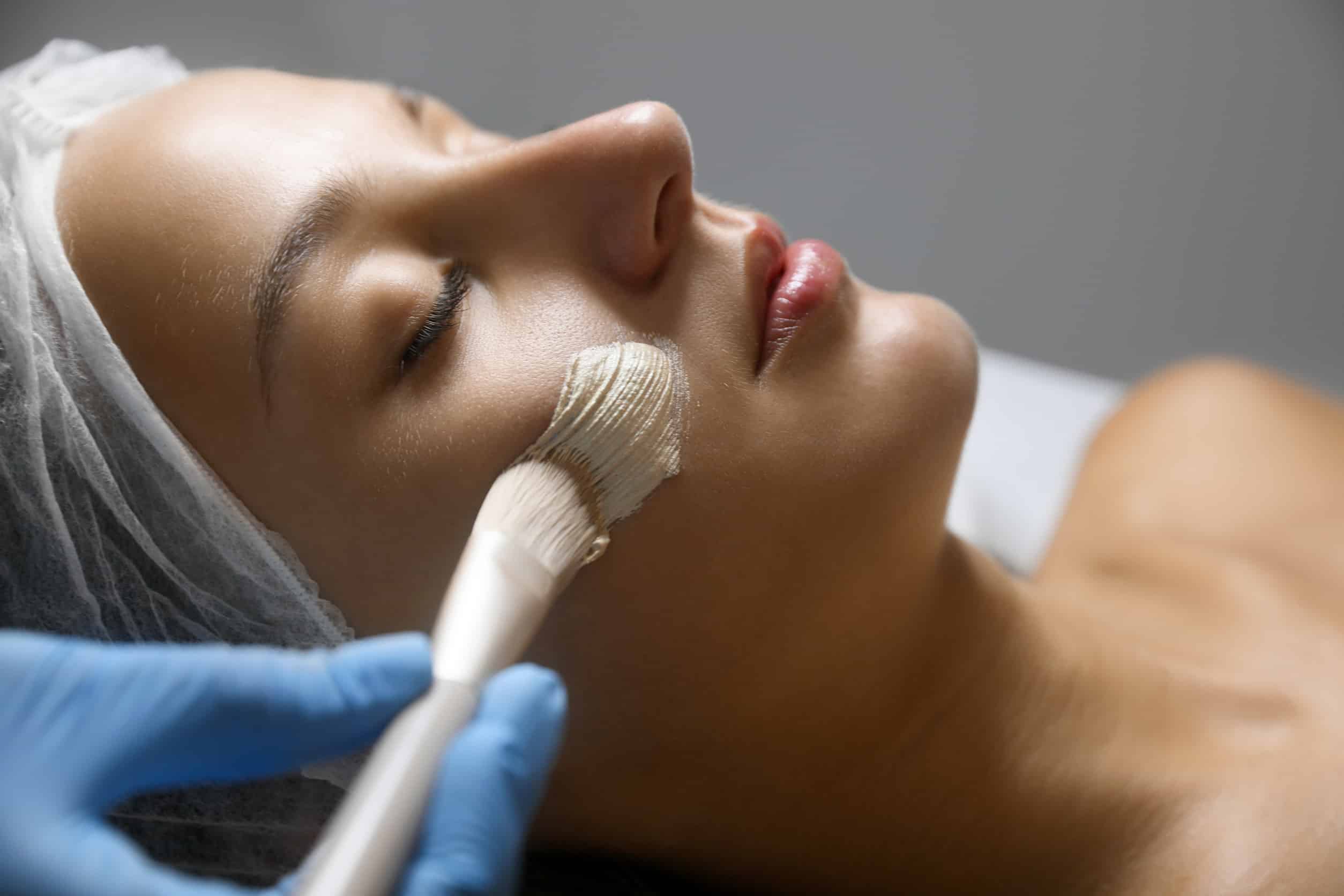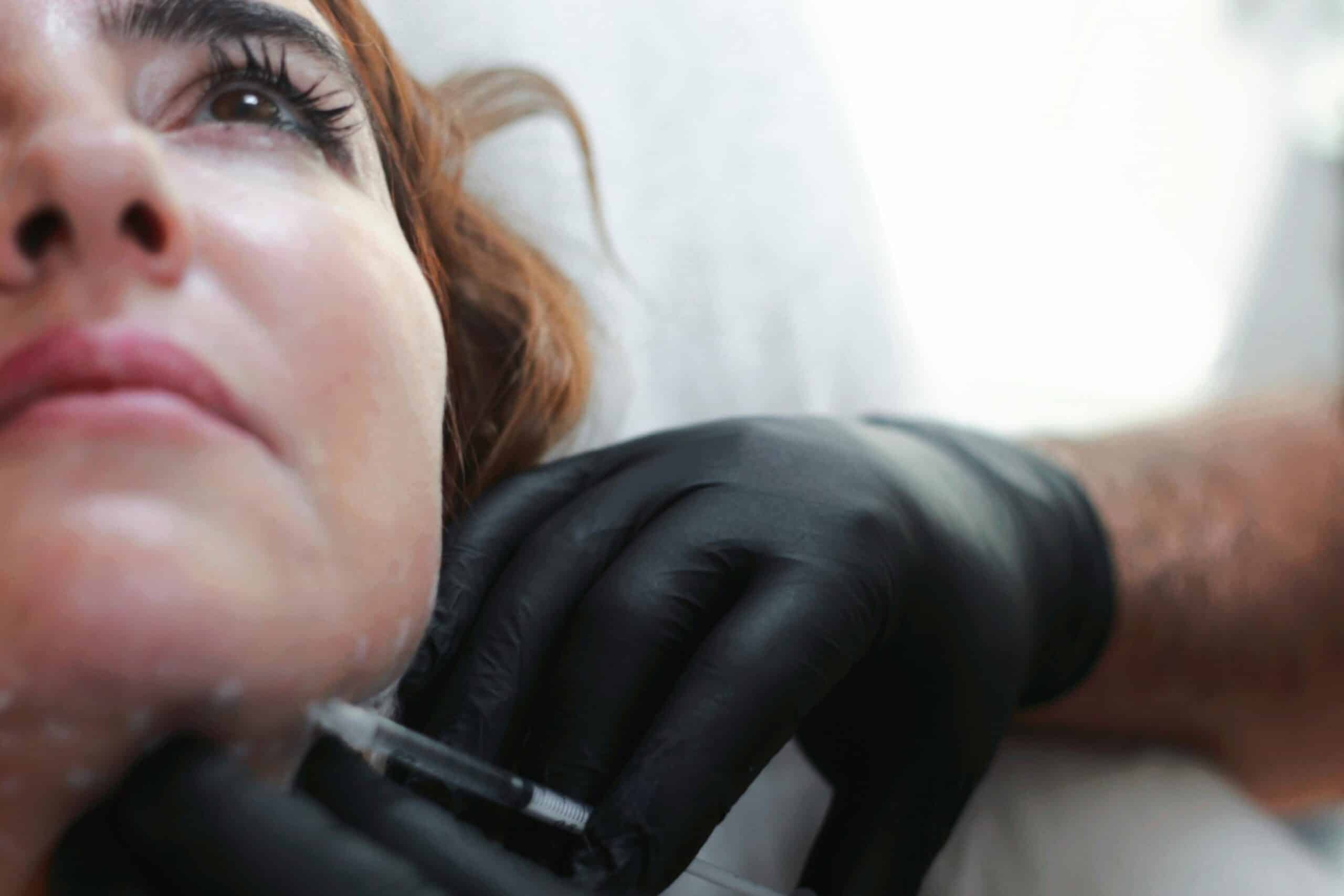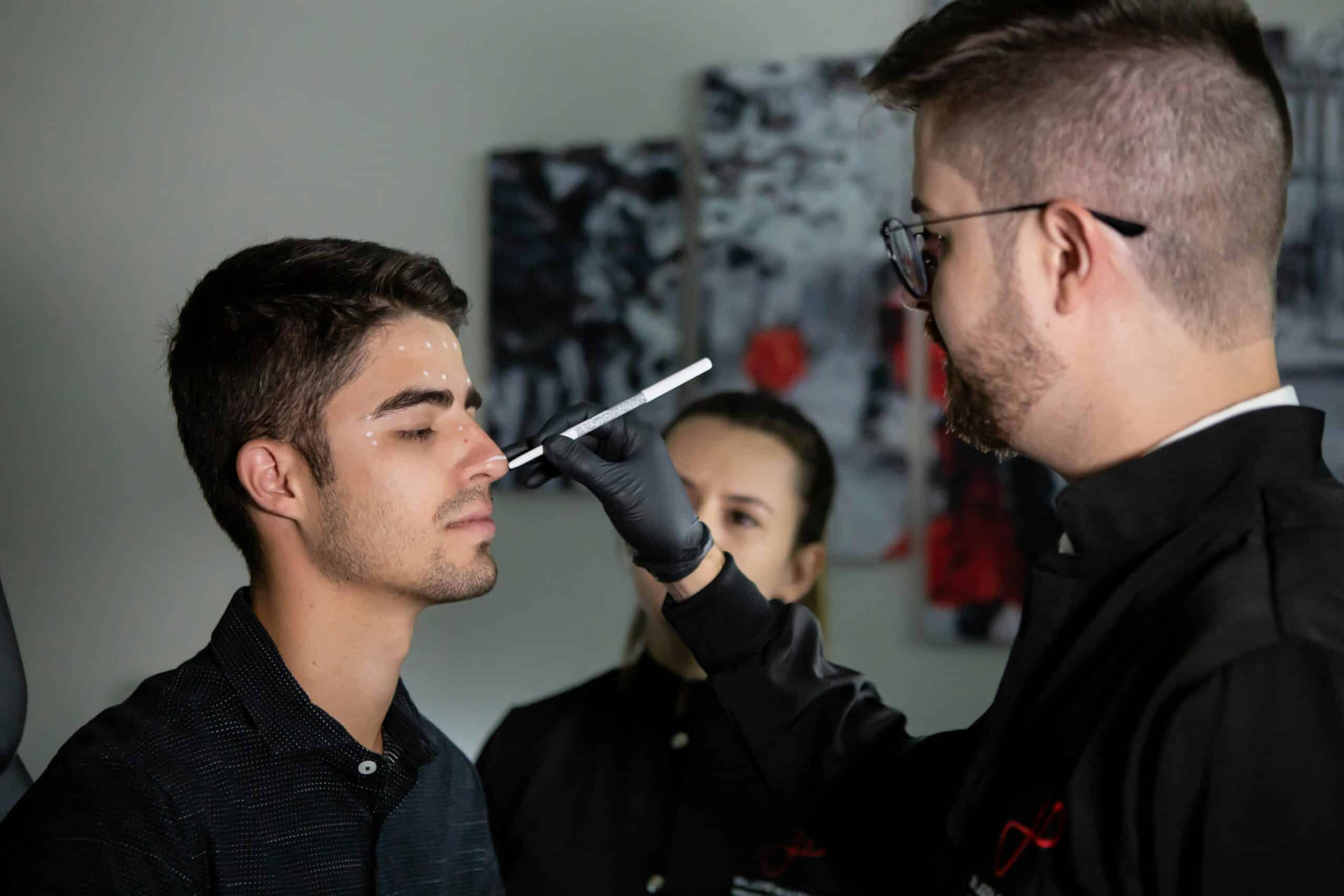Chemical peels offer a powerful way to refresh your skin and tackle common concerns like acne and pigmentation. Many people struggle with these issues daily, and chemical peels can provide visible improvements without invasive treatments. Understanding how they work and what to expect can help you decide if this skin care option fits your needs.
What Chemical Peels Do for Your Skin
We apply a chemical solution that gently removes the outer layers of your skin. This step helps your body shed old, damaged skin cells and reveal a fresh, healthy layer underneath. At the same time, we trigger collagen production to boost your skin’s strength and elasticity.
As we clear away dead skin, we also stop the buildup that leads to acne. Fresh cell growth keeps your pores clean and your skin balanced. We also fade dark spots, sun damage, and uneven tone by targeting the layers where pigmentation lives. This powerful mix of exfoliation and renewal gives your skin a smoother, brighter look with every session.
How Chemical Peels Help With Acne
Acne starts when oil, dirt, and dead skin cells clog pores. Chemical peels clear these blockages and open up the skin. They cut down excess oil and calm inflammation, making active breakouts less severe.
If you deal with mild to moderate acne, regular chemical peels speed up skin renewal. They stop new pimples from forming and help your skin look smoother and healthier.
Certain peels work best for acne-prone skin. Salicylic acid and glycolic acid go deep into your pores. They clean out buildup and fight acne-causing bacteria.
How Chemical Peels Treat Pigmentation
Pigmentation occurs when your skin produces too much melanin in certain areas. This causes dark spots or patches, which can result from sun exposure, acne scars, or hormonal changes.
Chemical peels lighten pigmentation by exfoliating the skin and removing the layers where melanin collects. This helps fade spots and improves overall skin tone.
Unlike creams that take months to show results, chemical peels often provide faster improvements. Over time, the skin appears more even and radiant, giving you a youthful glow.
What to Expect During a Chemical Peel Session
If you’re new to chemical peels, it helps to know what the process involves. Here’s what usually happens during your appointment so you feel relaxed and ready.
- Skin Evaluation: Your technician checks your skin type and listens to your concerns. Based on that, they suggest the best type of peel and how many sessions you might need.
- Application of the Peel: Once your skin is clean and prepped, the chemical solution is applied. You might feel a light tingling or warmth, but the treatment stays comfortable.
- Neutralization and Rinse: After a few minutes, the peel is neutralized and gently washed off. Your skin might look slightly pink, but that fades quickly.
- Healing Process: Redness, dryness, or light peeling may appear over the next few days. This is a sign that old skin is shedding, making way for new, healthy skin.
- Aftercare Instructions: Following aftercare is important. Stay out of the sun, avoid harsh products, and don’t pick at peeling skin. These steps help protect results and support healing.
Is a Chemical Peel Right for You?
Chemical peels work well for most skin types but may not suit everyone. If you have very sensitive skin or certain medical conditions, your technician can help find alternatives. Regular peels combined with a good skincare routine support healthy skin and long-lasting improvements.
Wondering if a chemical peel is right for your skin? Let’s find out together. Book your consultation at Healthylooks Medspa & Wellness today. We’ll create a personalized treatment plan to help you clear acne, fade pigmentation, and feel confident in your skin. Your glow starts here—let’s make it happen.




